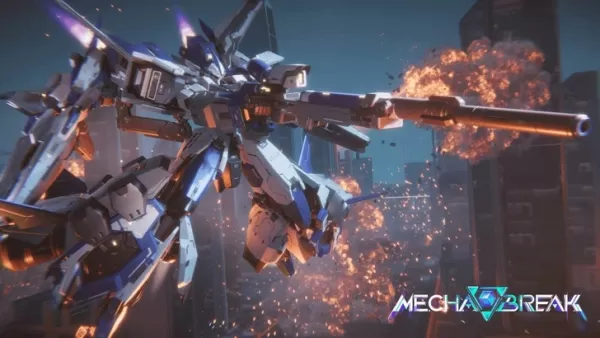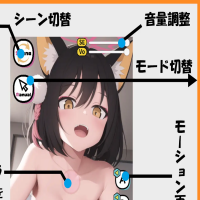
Yoko Taro, the acclaimed creator behind NieR: Automata and Drakengard, has openly discussed the profound impact of ICO on the realm of video games as a medium for artistic expression. Released in 2001 for the PlayStation 2, ICO swiftly earned its status as a cult classic, celebrated for its minimalist design and narrative conveyed through wordless storytelling.
Taro pointed out the revolutionary nature of ICO's core mechanic, where players guide the character Yorda by holding her hand, which significantly altered the gameplay conventions of its era. "If ICO had tasked you with carrying a suitcase the size of a girl instead, it would have been an incredibly frustrating experience," Taro noted. He emphasized that the necessity to lead another character was a groundbreaking approach, challenging the traditional concepts of interactivity within games.
During that period, game design often measured success by the ability to remain engaging even when all on-screen elements were simplified to basic cubes. ICO challenged this notion by focusing on emotional resonance and thematic depth rather than solely on mechanical innovation. Taro believes the game demonstrated that art and narrative could go beyond being mere backdrops to gameplay, becoming essential elements of the overall experience.
Labeling ICO as "epoch-making," Taro acknowledged its role in reshaping the future of game development. He commended the game for illustrating that video games could convey deep meaning through subtle interactions and atmospheric design.
Alongside ICO, Taro mentioned two other influential games that significantly impacted both him and the broader gaming industry: Undertale by Toby Fox and LIMBO by Playdead. These titles, he argued, expanded the horizons of what could be achieved through interactive media, affirming that video games are capable of offering profound emotional and intellectual experiences.
For enthusiasts of Yoko Taro's work, his appreciation for these games provides a glimpse into the creative influences that shape his projects. It also highlights the continuous evolution of video games as a dynamic and versatile art form.









